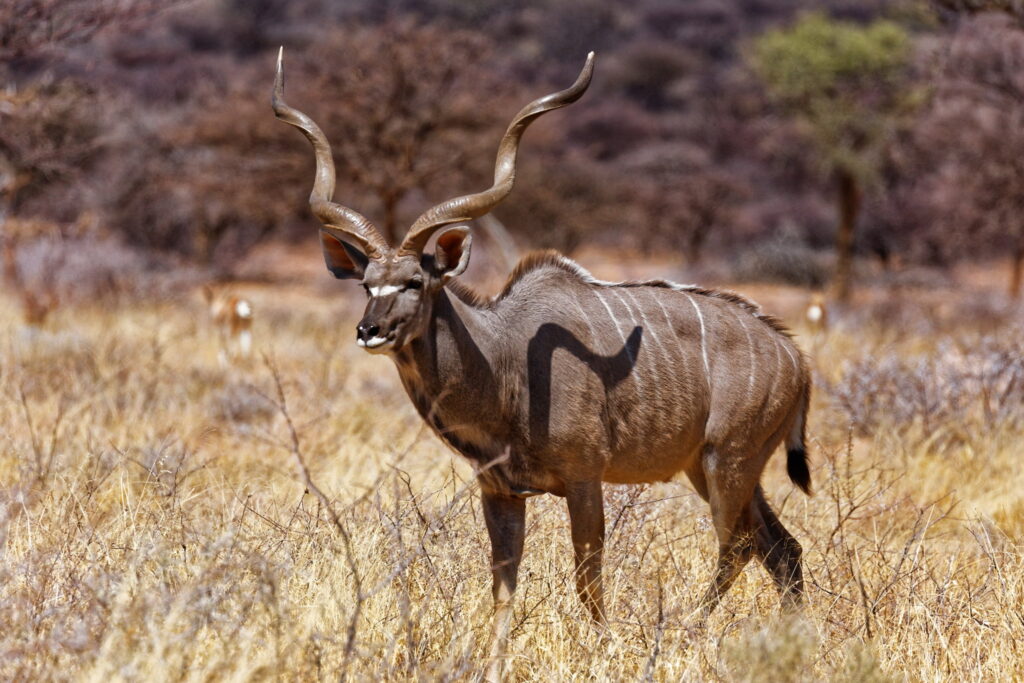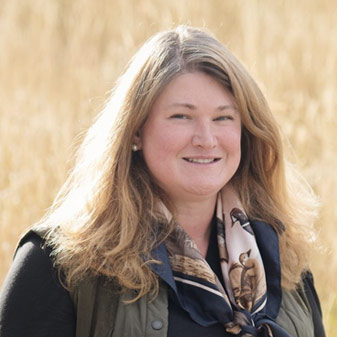This article was originally published in the July/August edition of Sports Afield in partnership with the Dallas Safari Club.
A growing body of scientific research is revealing the critical role that private lands, including those managed for hunting, play in the conservation of wildlife worldwide. These findings have important implications for governments and conservation organizations as they seek to stop the loss of species by conserving 30 percent of the world’s lands and waters by the year 2030. Also known as “30 by 30,” this ambition has been greeted with optimism by more than 45 hunter-based conservation organizations, including Dallas Safari Club. Realizing this ambition, however, requires maintaining and increasing the incentives private landowners have to conserve habitat and host healthy wildlife populations.
In late 2021 researchers from South Africa’s Endangered Wildlife Trust and other organizations published findings in the journal Biodiversity and Conservation indicating that the country’s private game ranches, popular destinations for hunters and photo-tourists alike, were home to significantly richer populations of wildlife than were government-owned and -managed conservation areas. This success is the result of a concerted effort by South Africans over the past 50 years to reverse widespread declines of big game and other wildlife due to habitat loss while creating new economic opportunities in rural communities.
Under the South African model, private landowners are given property rights to wildlife, allowing them to profit from its presence through the sale of hunting opportunity, venison, skins, and other products. The size of the international and domestic markets for each of these has created an economic incentive for landowners to replace livestock with wildlife as the dominant use on more than 42 million acres of private lands, more than a full third of the country’s 30 by 30 goal. Based on their data, the researchers concluded that South Africa’s system of private game ranches represents “one of the few examples on earth where indigenous mammal populations are thriving and demonstrating how sustainable use can lead to rewilding.”
Across the Atlantic in the United States, research published earlier this year also found that private lands play an outsized role in wildlife conservation. Publishing in the respected journal Conservation Letters, researchers with Defenders of Wildlife’s Center for Conservation Innovation reported that private lands generally held 80 percent of the country’s most biodiverse areas and important wildlife habitats, such as wetlands and big-game migration pathways.
In the context of the 30 by 30 ambition specifically, the authors also noted that many of these areas lack any kind of conservation measures and are vulnerable to being lost to development. Importantly, they stated that “current federal conservation incentive programs, such as Farm Bill programs and those administered by the U.S. Fish and Wildlife Service are inadequate to address the [conservation] need” and that “there must be significant efforts to advance conservation on private lands in key parts of the country.”
How to advance conservation on private lands in the United States is an outstanding question. Research published by Duke University in 2020 indicates that the rural landowners who steward much of America’s wildlife are, at least initially, often reluctant to partner with state and federal governments out of fear of losing control over their property. For this reason expanding Farm Bill and other government conservation programs are, by themselves, unlikely to result in America achieving its 30 by 30 ambitions.
The United States might have more success in reaching the 30 by 30 goal by looking to and learning from the South African conservation experience of using economic incentives to engage private landowners in wildlife conservation. While current rules and regulations foreclose some of the economic options available to South African landowners, such as the sale of venison, the ability for Americans to capitalize on hunting opportunities provided by their stewardship are significant. These opportunities include offering hunting leases and/or selling transferrable hunting tags to hunters either directly or through outfitters.
According to research from the U.S. Fish and Wildlife Service and U.S. Forest Service, the American market for hunting opportunities is significant. Sixty-four percent of U.S. hunters hunt exclusively on private land, and approximately 440 million acres—22 percent of the continental United States—are either leased or owned for wildlife-dependent recreation. This all adds up to an estimated $1.48 billion spent on long-term leases and $814 million in day-use fees, paid by hunters each year, with much of that cash going directly into the pockets of rural landowners. Critically, the research also shows that being able to generate a financial return from their stewardship can drive landowners to not only increase their own investments in conserving and improving wildlife habitat but also work with Farm Bill and other public and private programs to expand America’s conservation footprint.
Aldo Leopold once commented that “conservation will ultimately boil down to rewarding the private landowner who conserves the public interest.” A growing body of research is showing just how important private landowners are to the success of wildlife conservation efforts worldwide, including the 30 by 30 initiative. The easiest way to reward these landowners right now is to embrace and enable the hunting economies that give them a financial incentive to conserve wildlife and the habitat it depends on, and to avoid policies that do otherwise.




